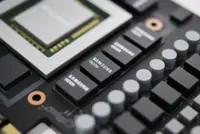Pay attention to the input and output power numbers on your USB chargers. You may need a magnifying glass to read the tiny text. — Jim Rossman/TNS
Usually, my columns start with someone asking me a question.
Today, the topic comes from me.
Already a subscriber? Log in
Save 30% OFF The Star Digital Access
Cancel anytime. Ad-free. Unlimited access with perks.





